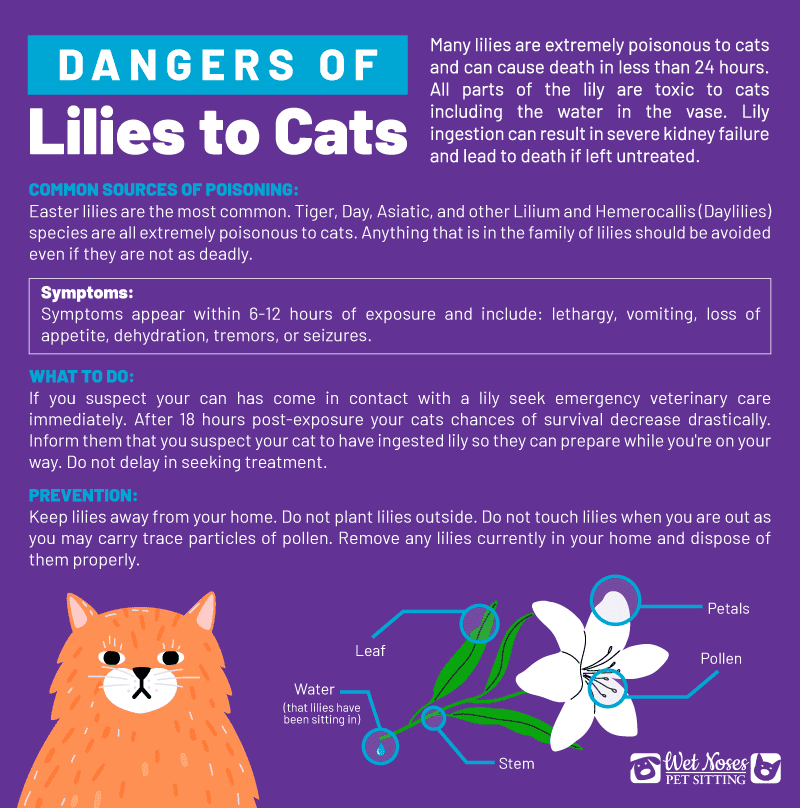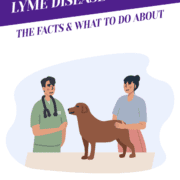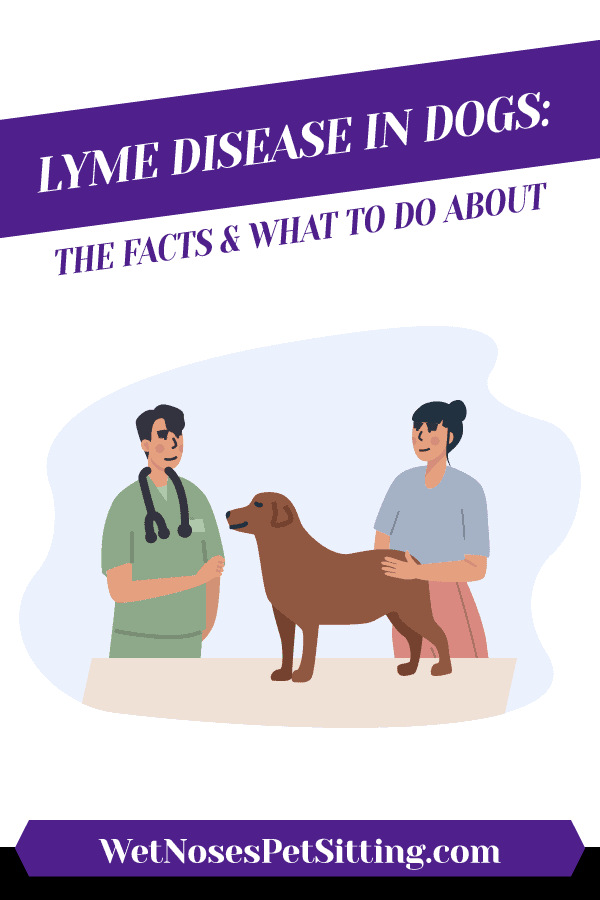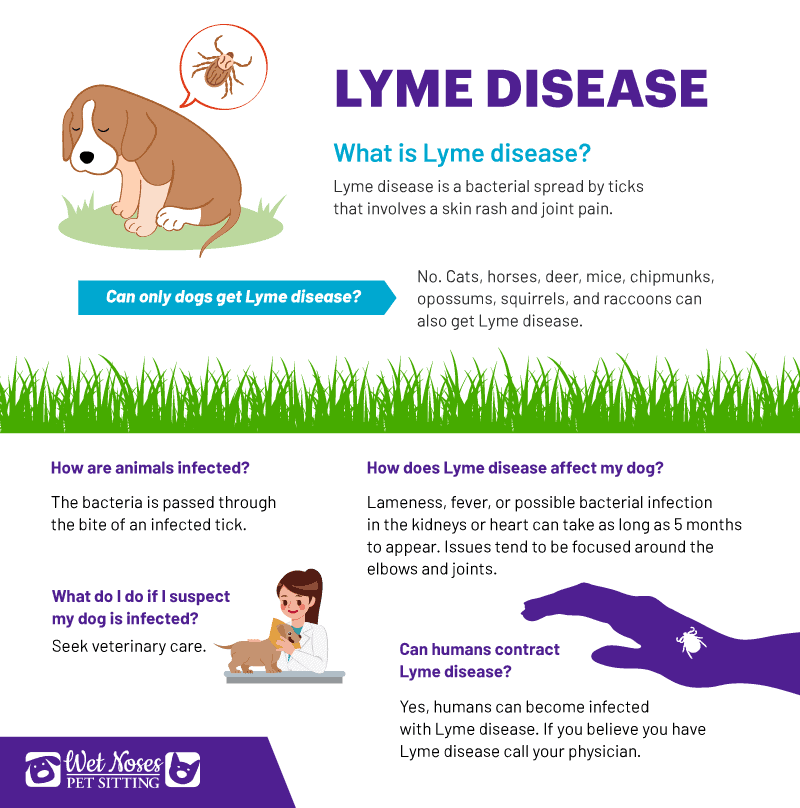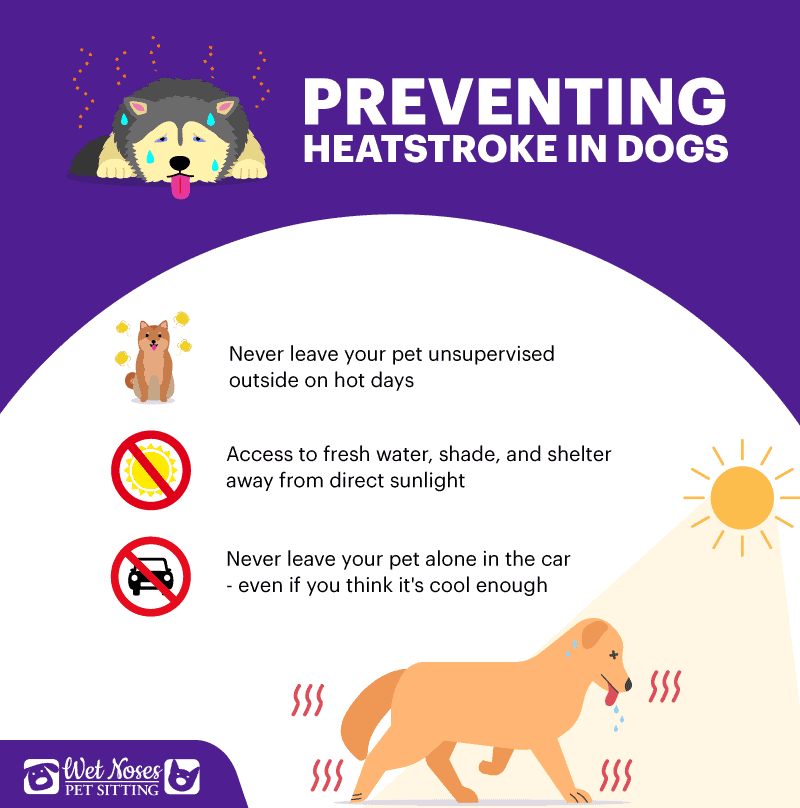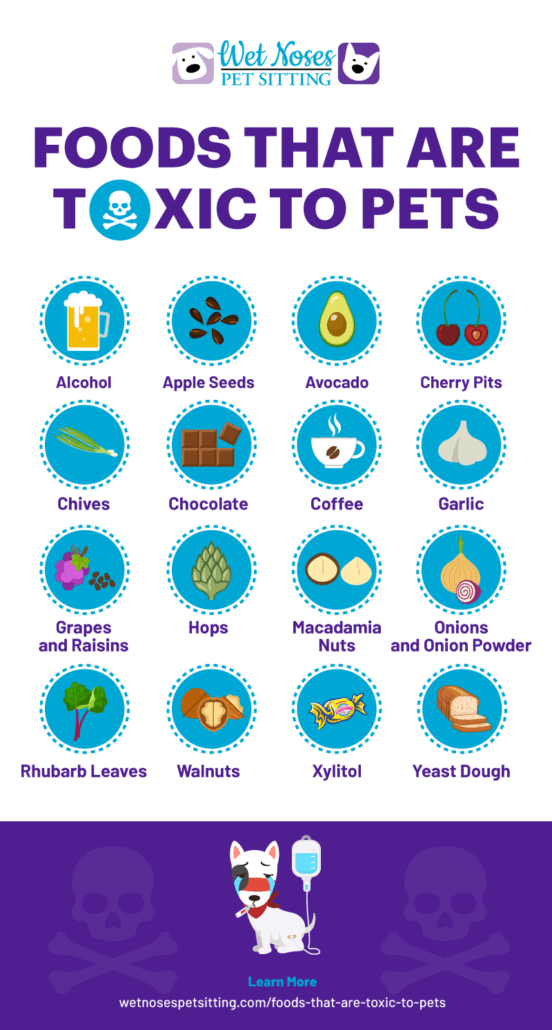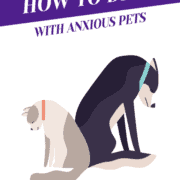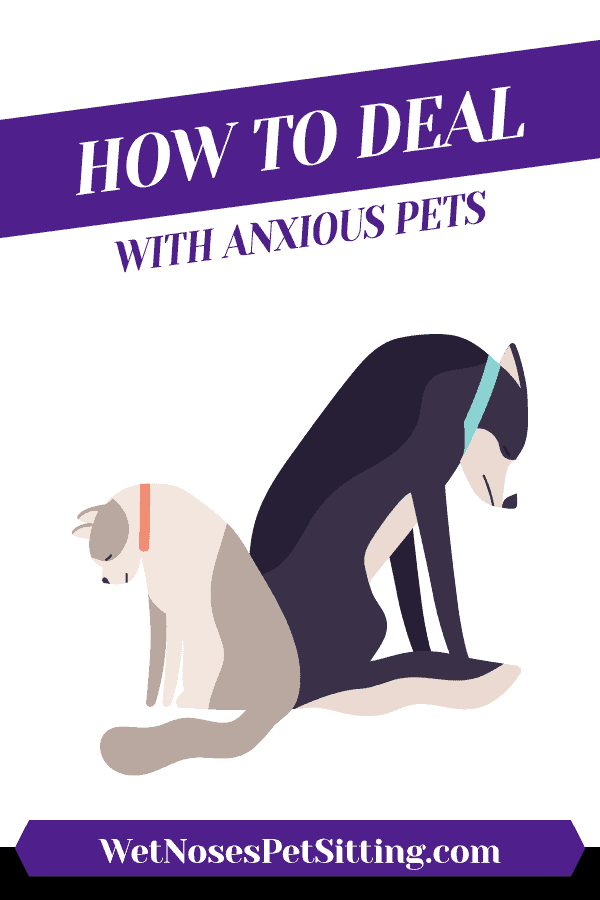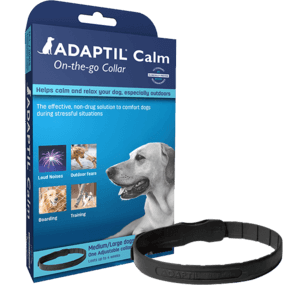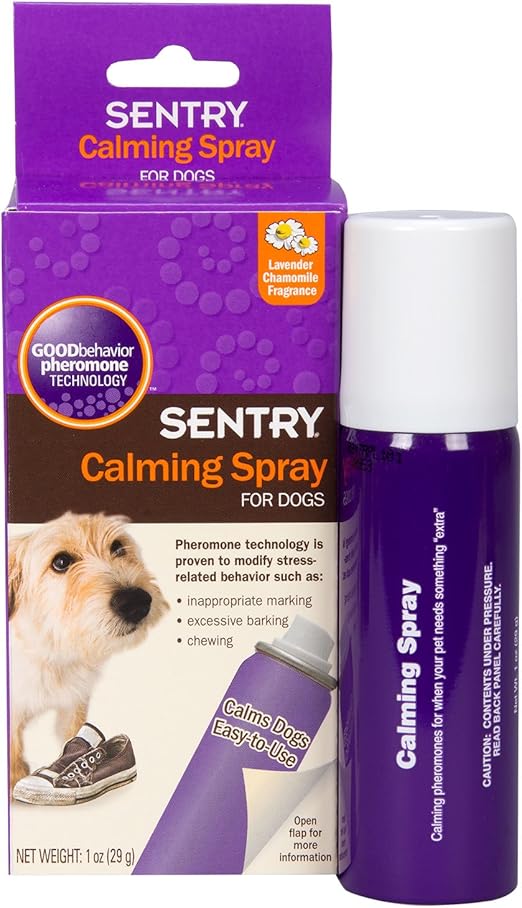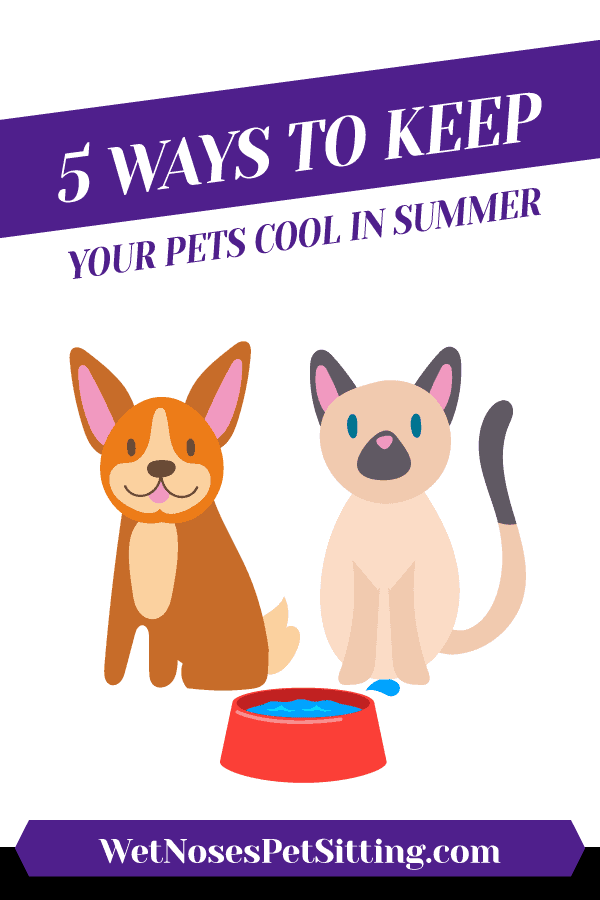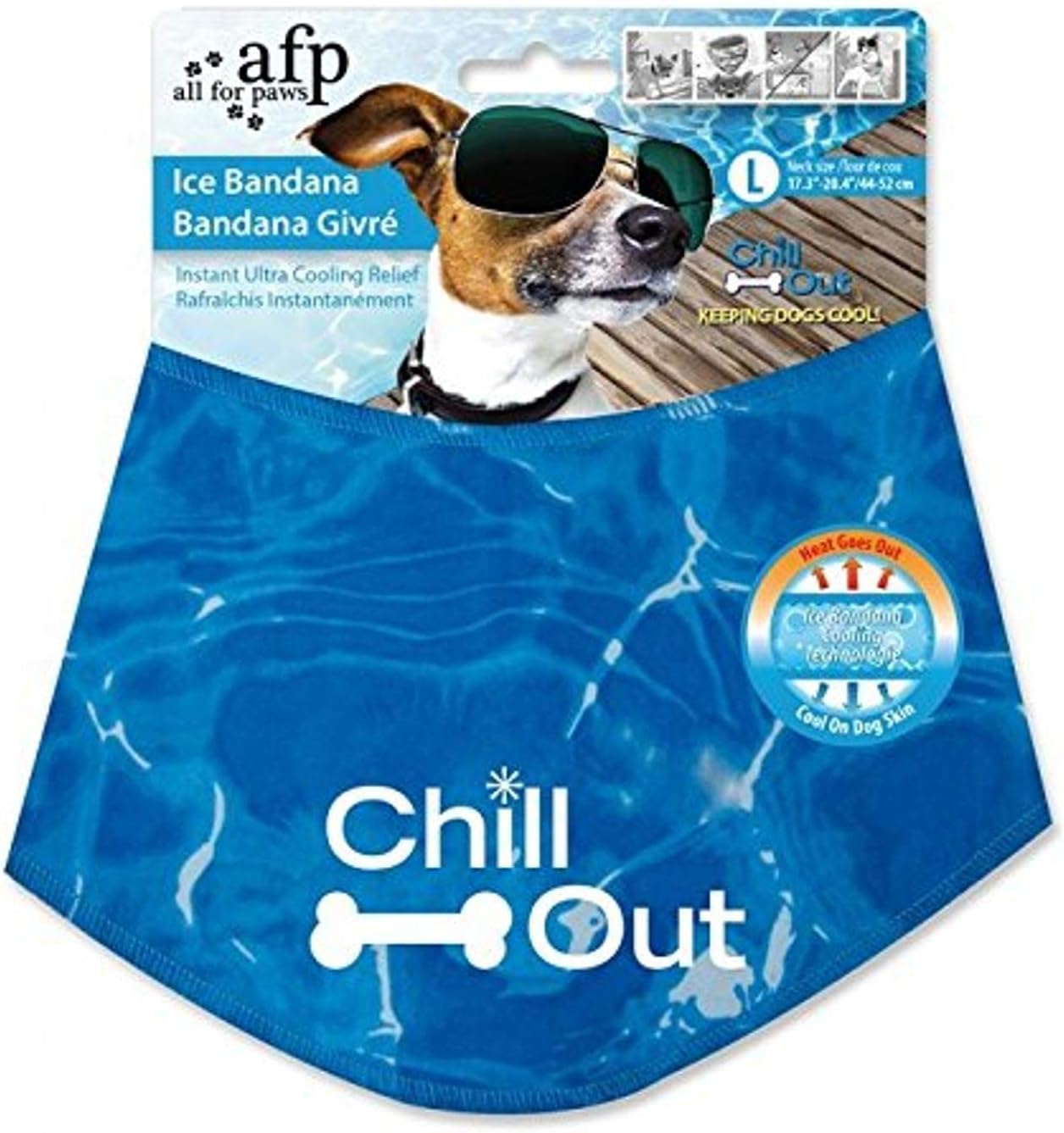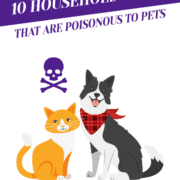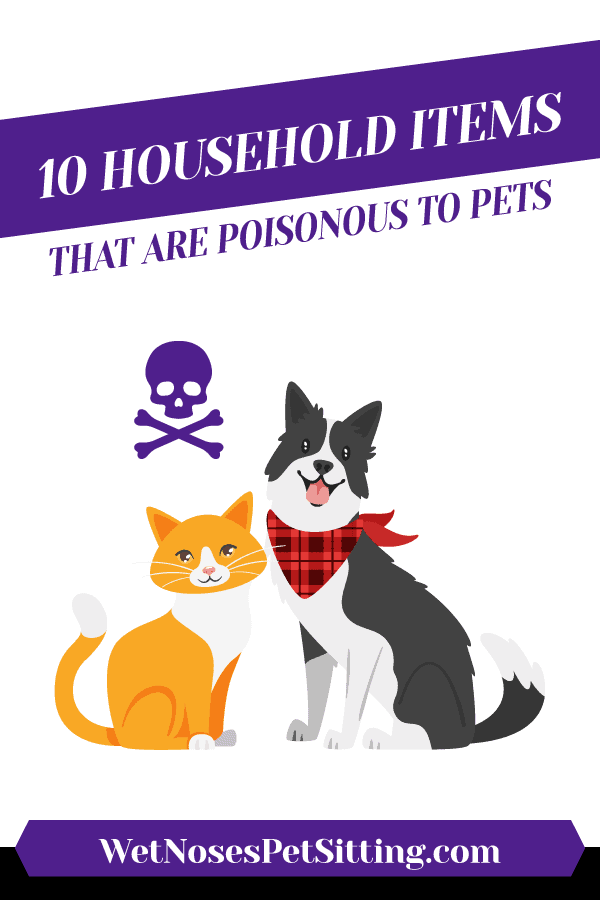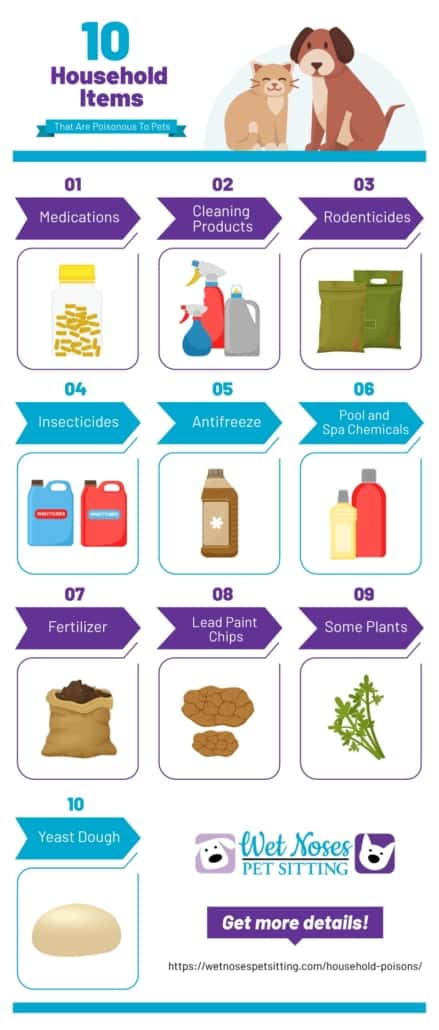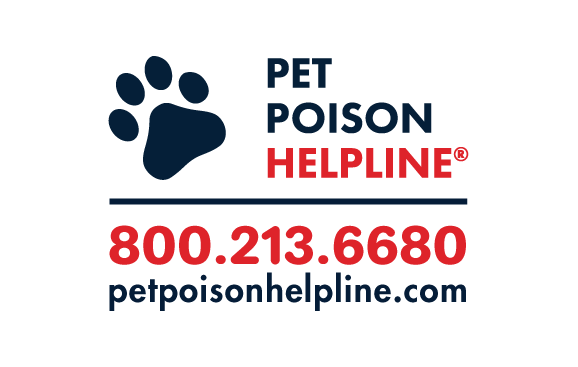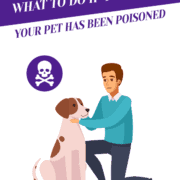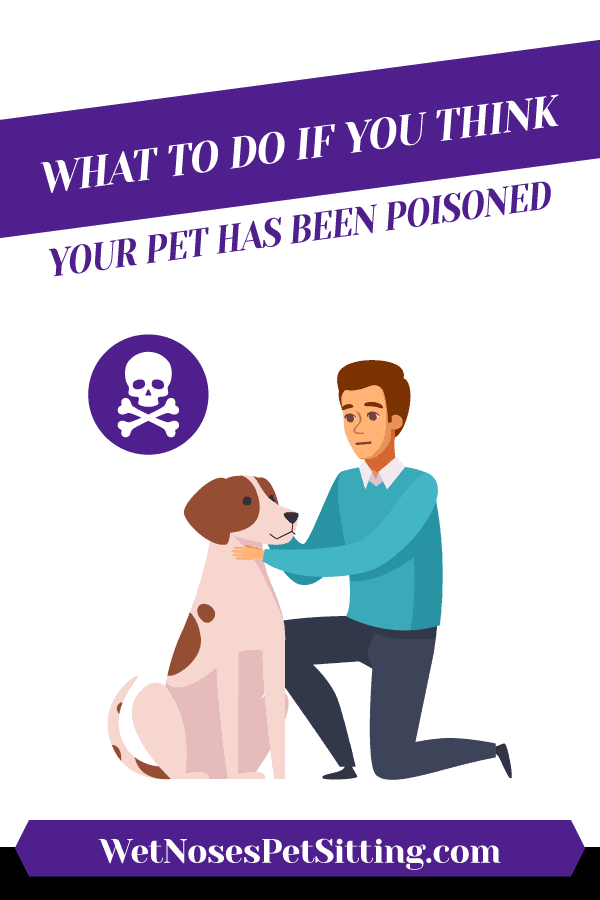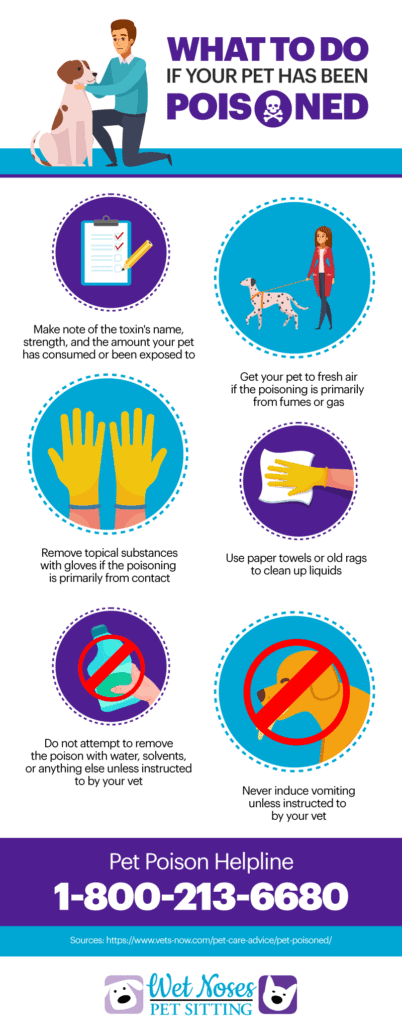What is Iron Poisoning?
What is Iron Poisoning?
Iron is important for the function of both cats and dogs but when they are exposed to too much iron it can be fatal. The most common source of iron poisoning (iron toxicosis) is ingesting iron oxygen absorbers but iron poisoning can come from a variety of sources:
- Fertilizer
- Multivitamins
- Dietary Mineral Supplements
- Hand Warmers
- Heating Pads
- Iron Oxygen Absorbers
Iron poisoning occurs when your pet has ingested too much iron that has not been oxygenated. Unless you know the exact amount that has been consumed you should seek veterinary care to determine how much elemental iron versus the total iron was ingested.
Iron poisoning can be fatal.
With any poison, it’s important to seek veterinary care as soon as you become aware that accidental ingestion has occurred even if you’re unsure if the amount was enough to be toxic. When you pet has iron toxicosis they will go through four stages. The sooner you get them in the better your pets chance of survival.
- Stage 1 occurs usually within the first 6 hours. This includes vomiting, diarrhea, and other gastrointestinal issues.
- Stage 2 occurs between 6 – 24 hours post exposure. This is where your pet may appear fine and you may no longer feel the need to take them to the vet. After all, we all gets diarrhea every now and then. You still should take your pet to the vet at this stage if you know they have ingested iron or a substance containing large amounts of iron.
- Stage 3 occurs between 12 – 96 hours. This is where your pet may begin to experience tremors, bloody diarrhea, and elevated heart rate. They may begin to have seizures, experience organ damage, shock, and possibly death. The longer you wait the more likely your pet is to die.
- Stage 4 occurs up to 6 weeks later following treatment. Gastrointestinal issues, such as intestinal strictures and blockages can occur. These issues can appear even when your pet is treated in stage 1.
Symptoms of Iron Poisoning
- Lethargy
- Abdominal Pain
- Shock
- Elevated Heart Rate
- Vomiting
- Diarrhea
- Bloody Diarrhea
- Tremors
- Panting
What to do if you suspect your pet has iron poisoning.
Seek emergency veterinary care immediately if you suspect your pet has iron poisoning or if you have seen them getting into something that contains iron. Most pets can be successfully treated for iron poisoning if treated before your pet shows symptoms. If your pet is showing symptoms, it is within the first 12 hours and you seek treatment, your pet still had a good chance to recover.
Prevention is crucial.
- Elevate multivitamins and dietary supplements out of reach of pets;
- Keep products that contain iron oxygen absorbers out of reach of pets (most commonly in dried, freeze-dried, or jerky foods/treats);
- Fertilizer should be kept in the garage or shed where you pet cannot get to them;
- When you are done with a hand warmer it should be disposed of properly. If your pet gets into the trash place it in the bin outside or in a locked bin that is harder for your pet to open

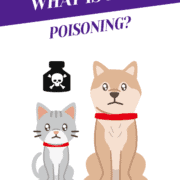
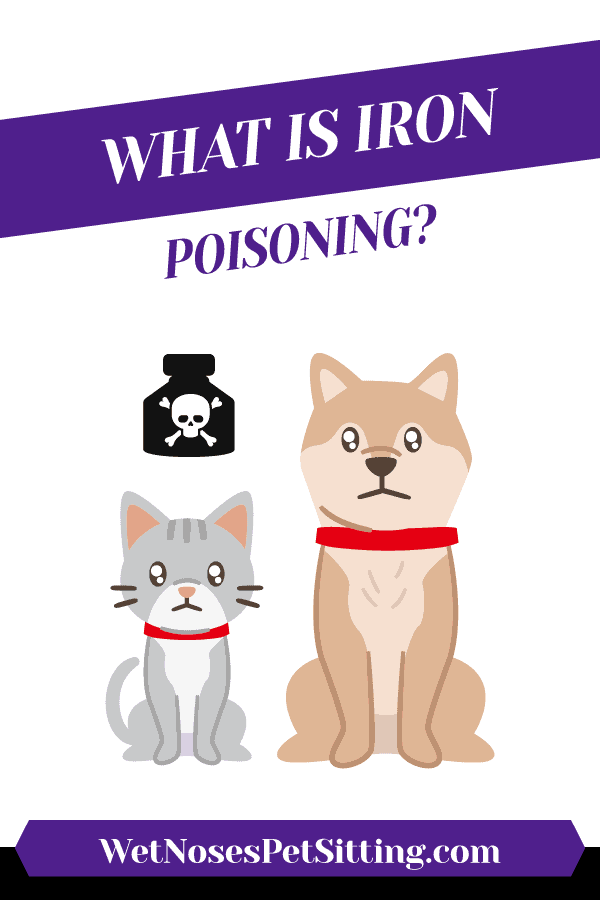

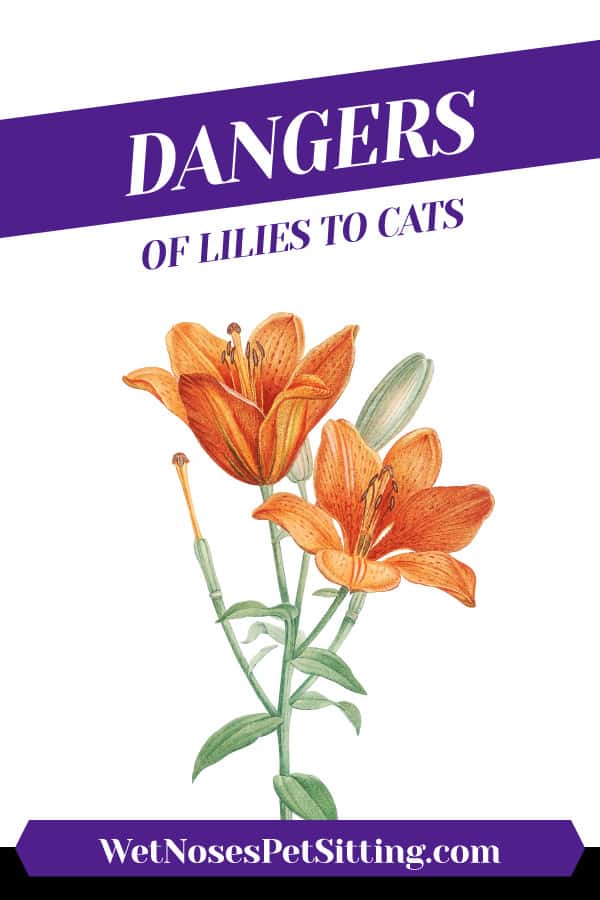 Dangers of Lilies to Cats
Dangers of Lilies to Cats

